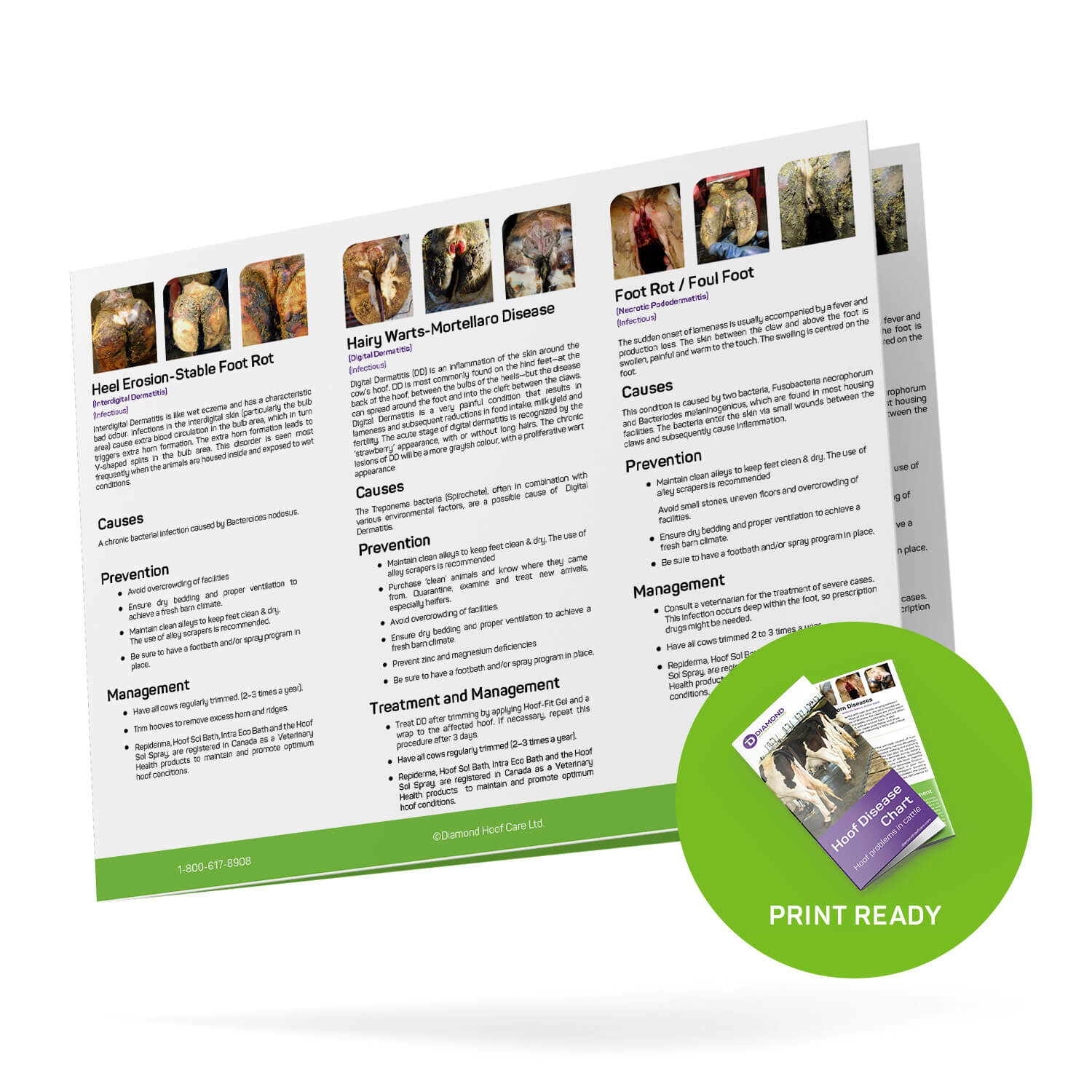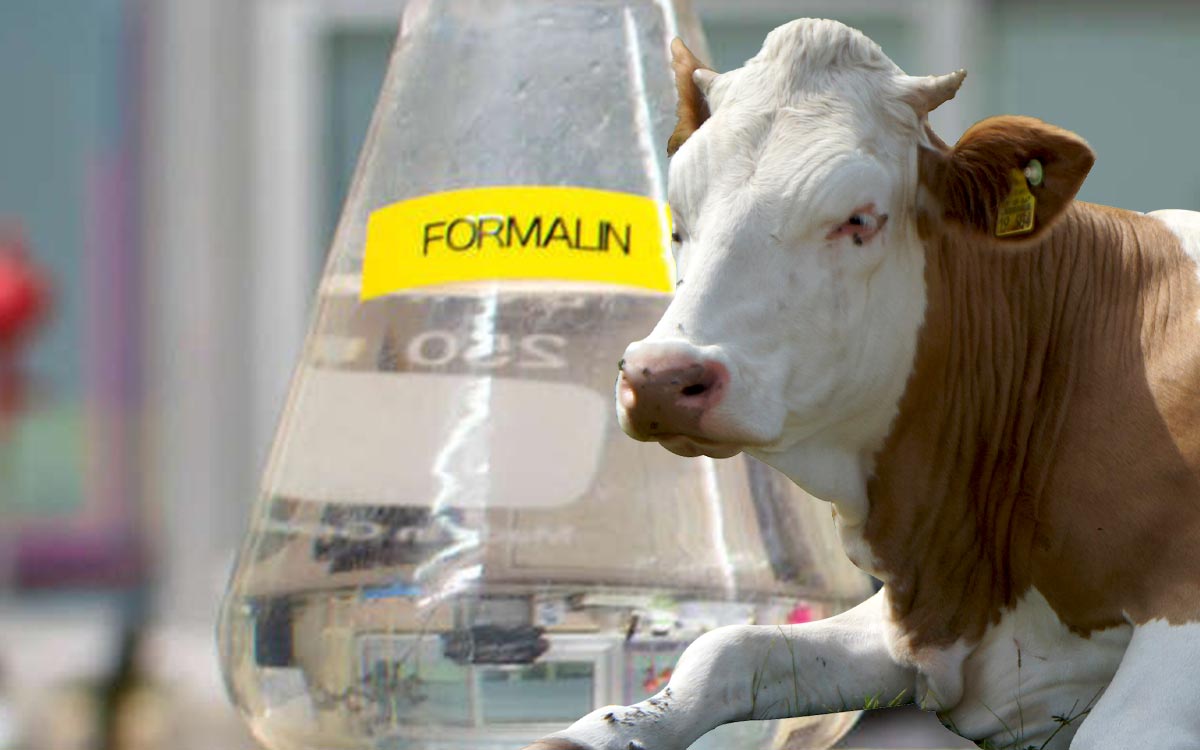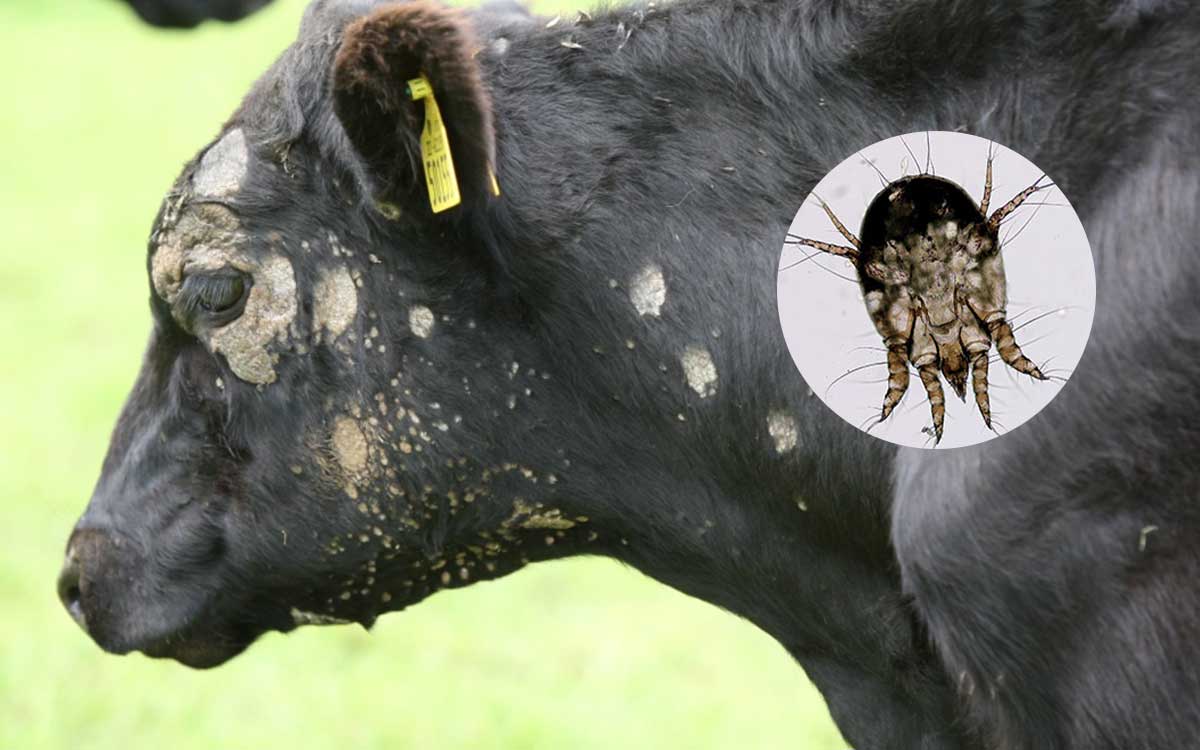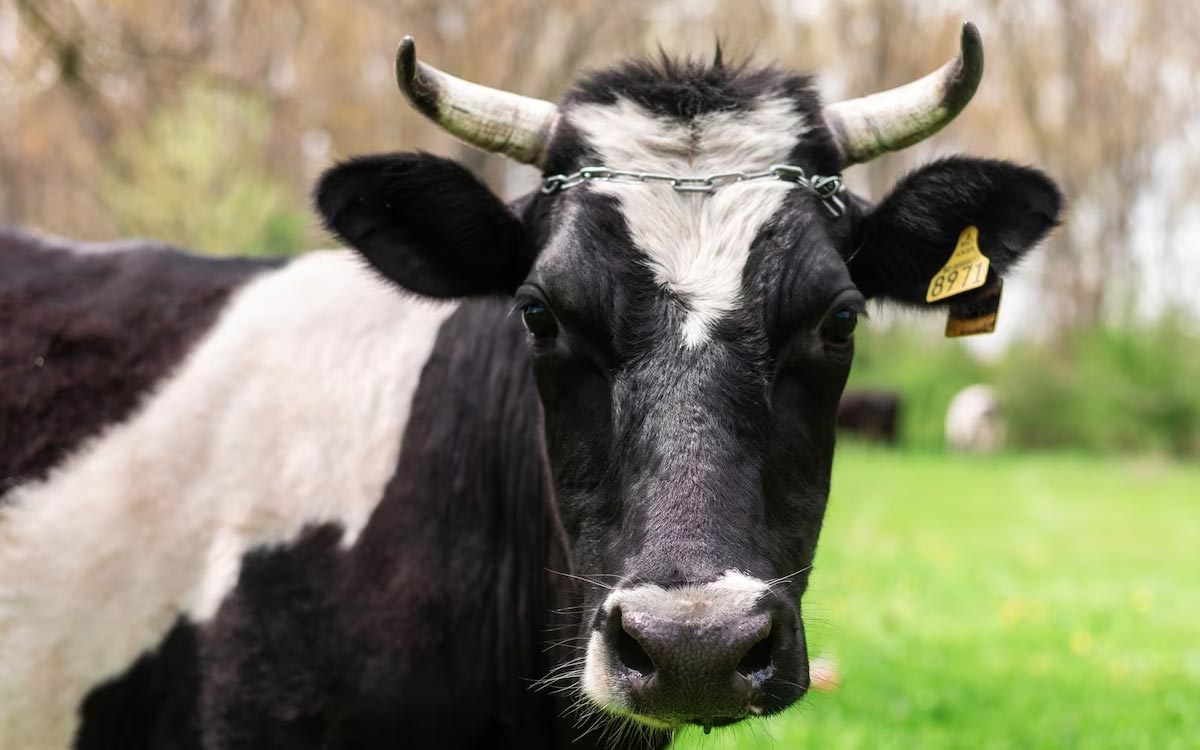Have you recently noticed scab masses on your sheep’s wool? Lumpy wool, also known as dermatophilus congolensis, is a troublesome condition that causes scabs and lumps in sheep’s wool. The good news is that it’s treatable.
Lumpy wool in sheep can be due to the animal’s age, sheep dip use, wet environments, shearing, contact with thorns and sharp plants, and certain insects. The treatment might include antibiotics, but lumpy wool usually heals by itself over time.
This article will discuss the causes and treatments for lumpy wool in sheep in more detail, so stick around.
1. The Sheep’s Age
![[B209]-Lumpy-Wool-in-Sheep-6-Causes-and-Treatments1 Shearing or clipping sheep can sometimes lead to a lumpy wool infection, especially if the handler is inexperienced and accidentally makes a cut or is rough in general. This could affect the protective wax layer, making it more possible for bacteria to cause harm by penetrating the skin.<br />](http://cdn-5d2e57e3f911c80ef4a235f4.closte.com/wp-content/uploads/2022/11/B209-Lumpy-Wool-in-Sheep-6-Causes-and-Treatments1-1.png.webp)
Sheep have a wax layer over their skin that protects them from infection. However, younger sheep don’t have enough wax to ensure full protection, so they’re more susceptible to conditions like lumpy wool.
Without that vital layer of wax, the bacteria causing lumpy wool enter the skin quickly. Sheep less than six weeks old are at risk of infection because of this.
Treatment
Lambs have weaker immune systems and fewer antibodies, so they may need antibiotics to help kill the infection. You’ll want to consult your veterinarian about this.
You can also boost your lambs’ immune systems by keeping their bedding clean and ensuring they get enough colostrum, which has antibodies that can help the young animals fight off bacteria, including the bacteria that cause lumpy wool.
In future litters, ensure the lambs receive colostrum within two hours of birth as this aids nutrition and immunity. Thus, if they come into contact with the lumpy wool bacteria, their bodies will be better equipped to fight it off. Intra Repiderma can be used to care for the navel after birth but also assist skin challenges.
Keep your lambs as dry as possible and replace their bedding if it’s too wet. You’ll also want to have enough space for them as this decreases the chance of dampness and increases airflow.
2. Using Sheep Dip
![[B209]-Lumpy-Wool-in-Sheep-6-Causes-and-Treatments2 The same sheep dip that prevents parasites and mites could increase the risk of developing lumpy wool. It contains chemicals that can break down the wax layer on the sheep, making it easier for bacteria to enter and cause harm.<br />](http://cdn-5d2e57e3f911c80ef4a235f4.closte.com/wp-content/uploads/2022/11/B209-Lumpy-Wool-in-Sheep-6-Causes-and-Treatments2-1.png.webp)
The same sheep dip that prevents parasites and mites could increase the risk of your sheep developing lumpy wool. The dip contains chemicals that can break down the wax layer on the sheep’s skin, making it easier for bacteria to enter and do harm.
However, this is only likely if it lingers on the skin after the dipping. In most cases, sheep dip shouldn’t result in a lumpy wool infection.
Treatment
There’s not much you can do treatment-wise once the sheep are older, and in most cases, as new wool grows, the infected wool can be sheared. Sometimes, medication may be necessary, but this is only in stubborn cases where treatment might include antibiotics. Your veterinarian will assist you with this approach.
To prevent future issues, clean the sheep thoroughly before dipping and allow them to dry completely afterward. Don’t dip them on a rainy day because the excess water can increase the spread of the bacteria.
3. Wet Environments
![[B209]-Lumpy-Wool-in-Sheep-6-Causes-and-Treatments3 A wet environment is one of the main causes of lumpy wool in sheep, especially when the weather is unusually wet. Water spreads the infection and causes the essential wax layer on the skin to dissolve, making it easier to get onto the skin and cause scabbing.<br />](http://cdn-5d2e57e3f911c80ef4a235f4.closte.com/wp-content/uploads/2022/11/B209-Lumpy-Wool-in-Sheep-6-Causes-and-Treatments3-1.png.webp)
A wet environment is one of the main causes of lumpy wool in sheep, especially when the weather is unusually wet. Water spreads the infection and leads to the essential wax layer on the skin dissolving, making it easier for the bacteria to get onto the skin and cause scabbing.
Treatment
If there’s been an unusually rainy period and your sheep have been living in a wet space, you’ll need to move them to a drier space, if possible. Change any damp bedding/housing and keep the sheep as sheltered as possible.
The infection should then clear on its own, but a course of antibiotics in consultation with your veterinarian, might be necessary if it’s an ongoing issue.
4. Clipping Wool
![[B209]-Lumpy-Wool-in-Sheep-6-Causes-and-Treatments4 Shearing or clipping sheep can sometimes lead to a lumpy wool infection, especially if the handler is inexperienced and accidentally makes a cut or is rough in general. This could affect the protective wax layer, making it more possible for bacteria to cause harm by penetrating the skin.</p>
<p>Cuts and wounds can also happen if the sheep moves during shearing, so it's not always the handler's fault.<br />](http://cdn-5d2e57e3f911c80ef4a235f4.closte.com/wp-content/uploads/2022/11/B209-Lumpy-Wool-in-Sheep-6-Causes-and-Treatments4-1.png.webp)
Shearing (clipping) sheep can sometimes lead to a lumpy wool infection, especially if the handler is inexperienced and accidentally makes a cut or is rough in general. This could affect the protective wax layer, increasing the likelihood of bacteria causing harm by penetrating the skin.
Cuts and wounds can also happen if the sheep moves while being sheared, so it’s not always the handler’s fault.
Treatment
Treat any cuts on the skin with the appropriate cream as advised by a vet. To optimize the skin condition, apply Intra Repiderma, which comes in a handy aerosol bottle for easy use during shearing. In the future, be careful when shearing and use sedatives if necessary, particularly if the sheep move too much during the process.
‘I first purchased Repiderma spray a few months ago to treat skin cuts which occur occasionally during sheep shearing. As a professional shearer I shear approximately 5,000 to 6,000 annually. I am 100% + satisfied with Intra Repiderma spray. The product has several advantages over the other spray on products I was using.’
Quality Sheep Shearing, Terry Spicer, Madoc, Ontario. Tweet
A lumpy wool infection caused by improper shearing may heal on its own, but your veterinarian might prescribe antibiotics should the problem persist. The lumps and scabs must clear before another shearing; otherwise, it will be too difficult.
5. Sharp Plants
![[B209]-Lumpy-Wool-in-Sheep-6-Causes-and-Treatments5 If sheep are around sharp plants or grass, they're more likely to get minor cuts and abrasions, possibly leading to a lumpy wool infection, because bacteria can get into the skin through minor cuts or abrasions.<br />](http://cdn-5d2e57e3f911c80ef4a235f4.closte.com/wp-content/uploads/2022/11/B209-Lumpy-Wool-in-Sheep-6-Causes-and-Treatments5-1.png.webp)
If sheep are around sharp plants or grass, they’re more likely to get minor cuts and abrasions, possibly leading to a lumpy wool infection because bacteria can get into the skin through the injured surfaces.
The symptoms are most likely to be visible around the area that has come in contact with the plants. For example, the disease will likely affect the legs and other lower body parts if there are thorny plants amid the grass where the sheep walk.
Treatment
You’ll want to remove sharp or thorny plants from the area so the sheep can’t get abrasions or cuts. At the very least, keep the animals away from the plants until they’re fully healed. Other than that, time is the best treatment.
Within a few weeks, the scabs and lumps from the infection should go away, at which point you can shear the wool and remove everything.
6. Certain Insects Can Cause Viruses
![[B209]-Lumpy-Wool-in-Sheep-6-Causes-and-Treatments6 Insects that bite through the skin, such as mosquitos, can cause outbreaks of lumpy skin disease. If mosquitoes are common in the region, they should be considered a cause of the infection.<br />](http://cdn-5d2e57e3f911c80ef4a235f4.closte.com/wp-content/uploads/2022/11/B209-Lumpy-Wool-in-Sheep-6-Causes-and-Treatments6-1.png)
Insects that bite through the skin, such as mosquitos, can cause outbreaks of lumpy skin disease. If mosquitoes are common in the region, they should be considered a cause of the infection.
This is different from lumpy wool because it’s viral rather than bacterial, and while it might look the same as lumpy wool, it needs to be treated differently.
Treatment
Unfortunately, there is no treatment for lumpy skin disease because it is a viral infection. However, since it is highly contagious in cattle, it’s best to quarantine infected sheep as soon as possible. They should be well-hydrated so their bodies can fight off the infection as efficiently as possible.
Conclusion
Hopefully, this article has helped you understand better the different causes of lumpy wool in sheep. You should only consider antibiotic treatment if the infection is severe or shows no signs of abetting.

Hoof Disease Reference Chart
Sources
- Australian Wool Innovation Limited: FLEECE ROT AND LUMPY WOOL ARE NOT THE SAME.
- XLVets: Managing The Newborn Lamb
- NSW Department of Primary Industries AU: Lumpy wool – a skin disease of sheep
- Science Direct: Lumpy Skin Disease Virus
- Food and Agriculture Organization of the United Nations: LUMPY SKIN DISEASE




